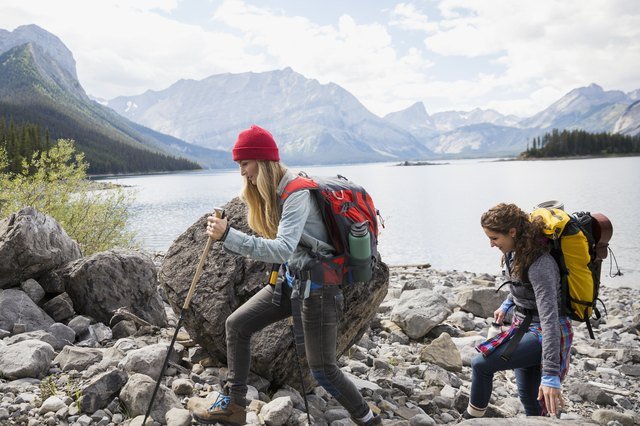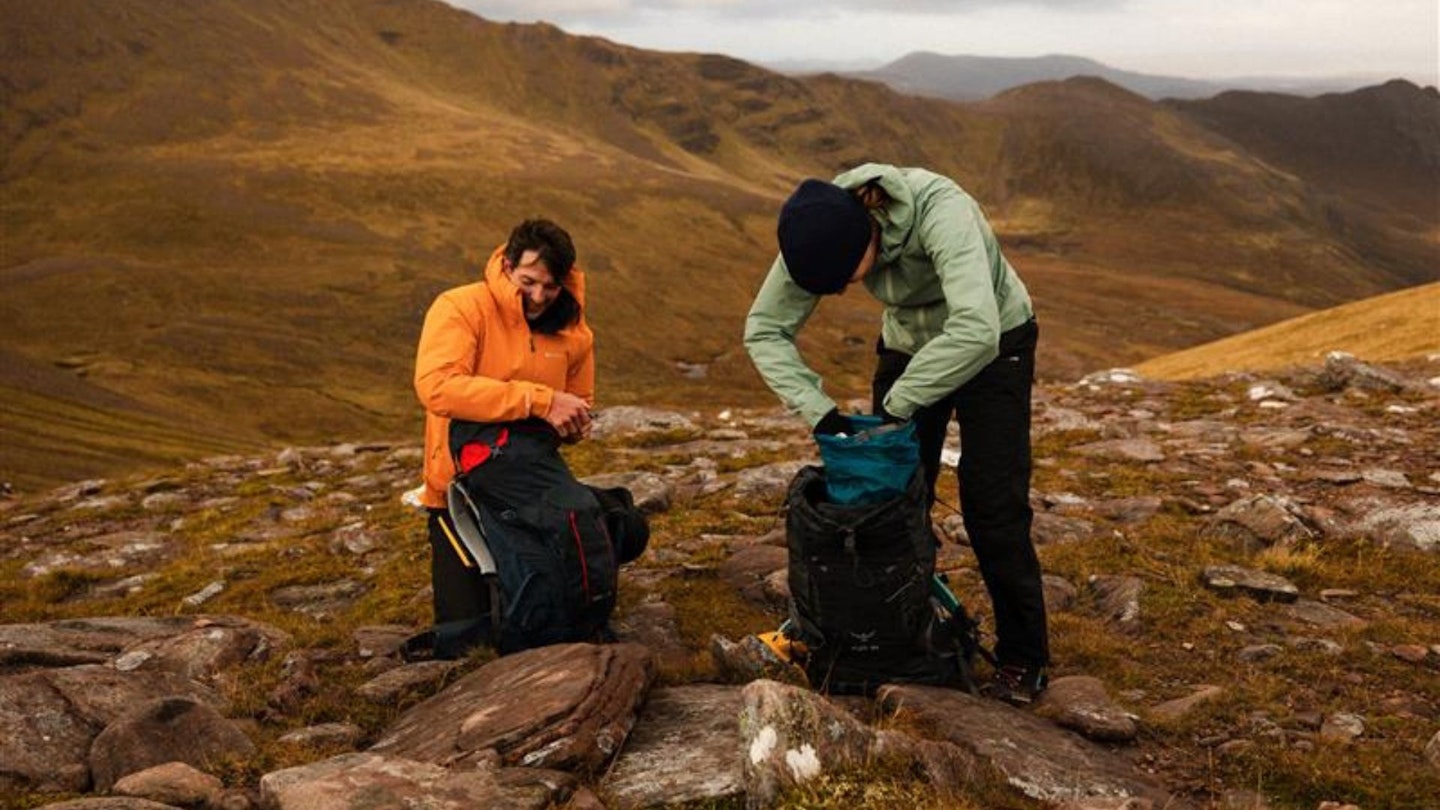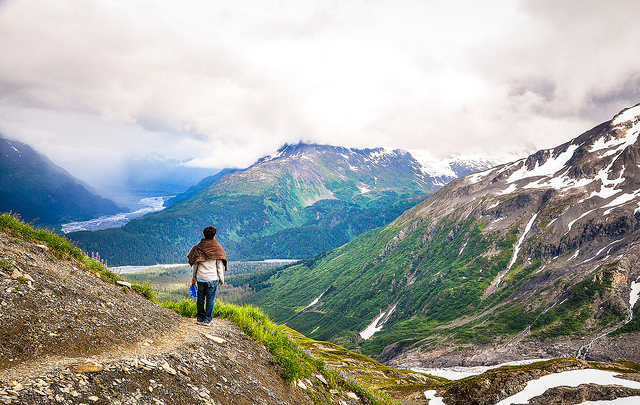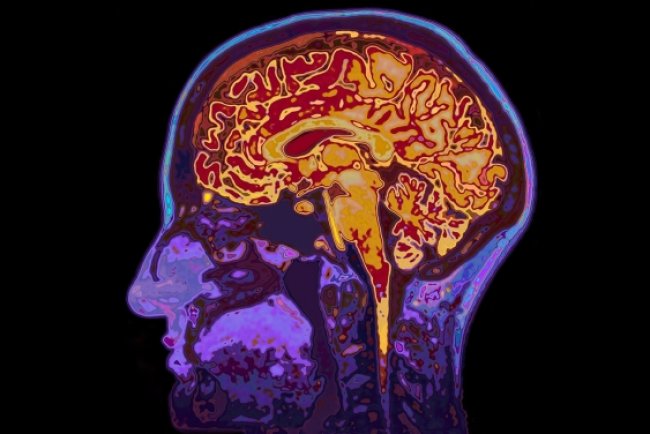Happy Trails: The Complete-Body, Feel-Good Workout You Did not Know You Needed: The Case for Hiking
Are you prepared to leave the house and return to nature's rhythm? Now is the official time to go hiking, so put on your boots. Literally.

Not only for the view, but that is always nice. In 2025, hiking is becoming one of the easiest and most fulfilling methods to enhance your physical well-being, elevate your mood, and restore your sense of peace in a world that is too noisy. The best of all? To benefit, you do not need a gym membership, expensive equipment, or a view fit for Instagram.
Let us examine the reasons why hiking ought to be your preferred activity, as well as how to approach the route sensibly and safely.
Hiking: A Fitness Activity Passed Off as a Little Adventure
Consider hiking to be the rougher, more adventurous relative of power walking. Adding a few bends, inclines, or root-filled routes turns it into a moderately intense aerobic exercise that also tones your core, works your glutes, and enhances your balance.
In addition to making you feel like a forest explorer, the uneven ground works stabilizing muscles you were unaware you had. Better coordination and a more grounded self result from your body learning to adapt, respond, and maintain its upright posture.
Nature: The First Mood Enhancer
It does not hurt that science supports the idea that going outside is helpful, but you do not need it to know that. It has been demonstrated that spending time in green areas, such as forest preserves, meadows, and forested trails, lowers tension, anxiety, and symptoms of depression.
Nature has a way of soothing the harsh edges of everyday existence, whether you walk with a buddy while working out the world's issues one step at a time or roam alone in silent contemplation.
Things to Consider Before Traveling: Astute Hiking Advice for 2025

It may have been a long time since you left the backyard. Here are some tips for a safe and easy return to the wild.
Prepare Your Legs
To increase your endurance, start going for walks in your area. Your muscles can be primed for longer trips with just 10 to 20 minutes per day. Bonus: To stay motivated, use a walking app or step counter. Reaching 5,000 or 10,000 steps while listening to birdsong is more rewarding than you might think.
Avoid Going Off-Grid Without a Strategy
If the terrain is unfamiliar, pack a printed map or a trail app in your bag. You do not want to rely on poor service while you are miles away from civilization. Also, make sure your cell phone is completely charged.
Sunscreen Is Not Only for Beaches
Even routes with little shelter might have unexpected sunbursts that could burn you. Apply a broad-spectrum SPF of 30 or greater, and remember to apply an SPF-containing balm to your lips as well.
Keep an eye out for ticks and be ready
More than just an unsightly annoyance, ticks can spread dangerous diseases like Rocky Mountain spotted fever and Lyme disease. Wear slacks, long sleeves, and light-colored clothing (this makes it easier to notice ticks). Apply a tick repellent spray to your skin and equipment, and always inspect your entire body afterward, even the uncomfortable areas.
After a trek, do you get a red bullseye rash or feel ill? Give your doctor a call right now.
Always stay hydrated.Before, during, and after your hike, stay hydrated. To remember to drink frequently, particularly on hot days or on longer hikes, set a timer on your phone or watch. Even the most experienced adventurer can become dehydrated.
Examine the forecast and wear layers.

In nature, the weather can change suddenly. It can be windy one moment and rainy the next. Pack a lightweight rain jacket or windbreaker in case the weather decides to surprise you, and dress in breathable layers that you can easily put on or take off.
Equipment That Takes Care of Your Back (and Ankles)
Make an investment in supportive, somewhat grippy hiking or trail shoes that support your ankles. To protect your legs from brush and insects, choose socks that are mid-calf length. Trekking poles can improve your balance and save your knees when you are hiking on rough or mountainous terrain.
Where to Look for Local Open Trails
Always check first because certain parks and trails may still have restricted access or limitations. Some trustworthy sources are:
The National Park Service
Trails in America
The American Hiking Society
The lesson is to hike for health and stay for mental clarity.

Hiking is the kind of self-care that requires very little and offers a great deal, whether you are doing it for the endorphins, the Instagram-worthy photos, or the quiet between steps.
So feel free. Get back in touch with your legs. Let your hair get messed up by the wind. Let the trail remind you what it feels like to breathe deep.
What's Your Reaction?




















